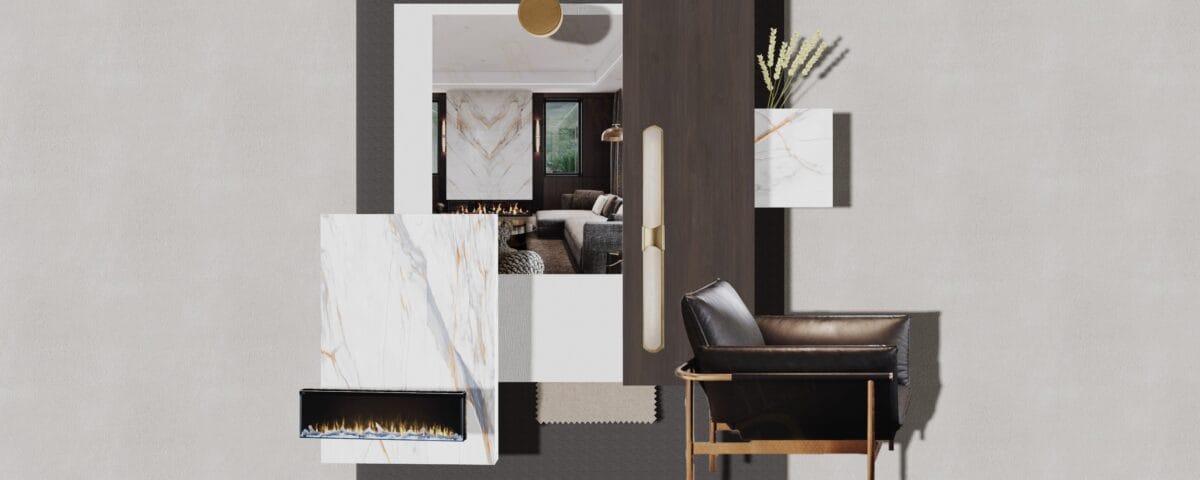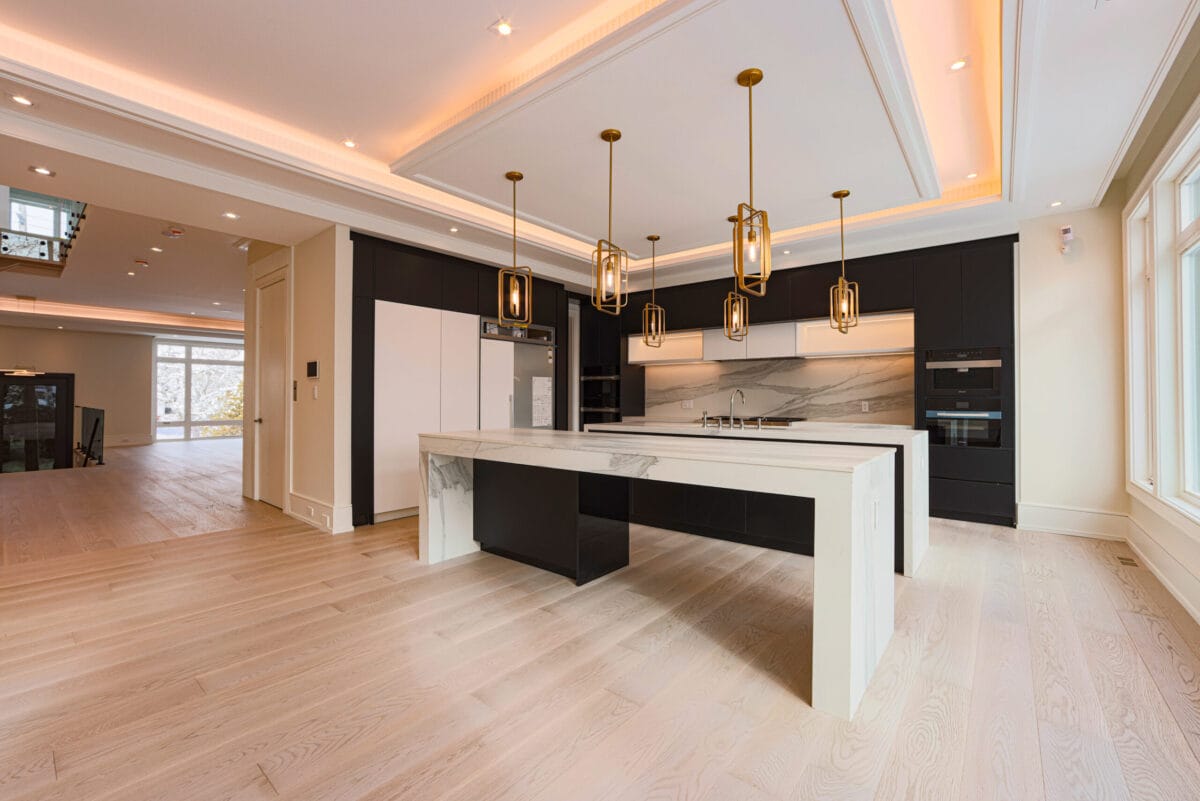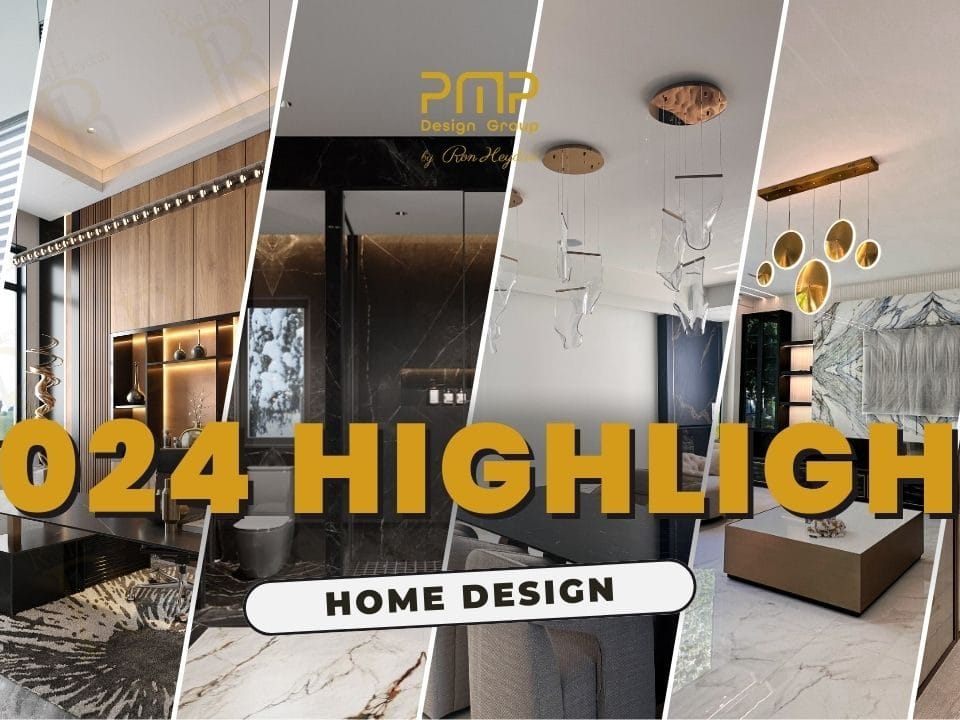
Transforming Room Spaces with Thoughtful Wall Design
August 28, 2024
Toronto Housing Market: The Benefits of Custom Home Design in Emerging Areas
September 11, 2024One of the most critical decisions a home designer makes is selecting the right materials for a space. Materials not only define the aesthetic but also impact the functionality, durability, and overall feel of a home. When choosing between wood, marble, and tile, it’s essential to consider how each material complements the design vision and meets practical requirements. In this blog post, we’ll guide you through the process of selecting the right material for your project, focusing on wood, marble, and tile, three versatile and timeless options.
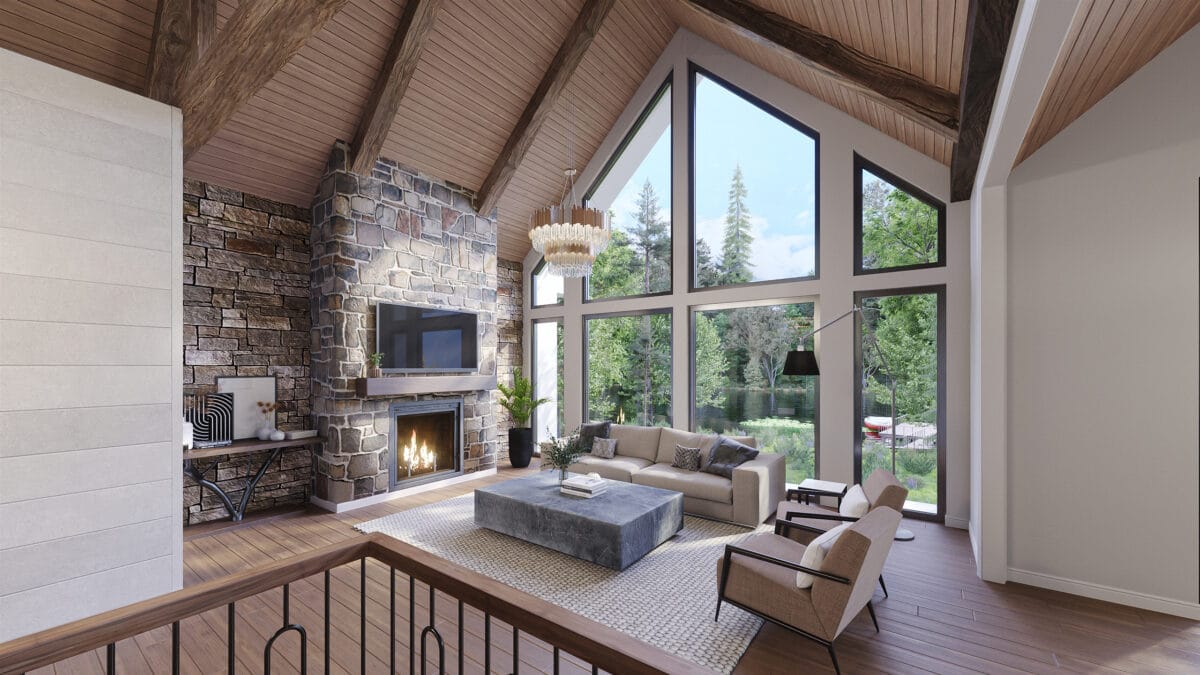
Step 1: Understanding the Role of Wood in Home Design
Wood is a foundational material in home design, offering warmth and a connection to nature. Its versatility allows it to be used in a wide range of styles, from rustic and traditional to sleek and modern. Here’s how to decide if wood is the right choice for your project:
1. Assess the Atmosphere You Want to Create: Wood is often chosen for spaces where warmth and comfort are essential, such as living rooms, bedrooms, and dining areas. If you want a cozy, inviting environment, wood is an ideal option. Dark woods like walnut or mahogany add a rich, sophisticated feel, while lighter woods like oak or ash offer a more airy, relaxed vibe.
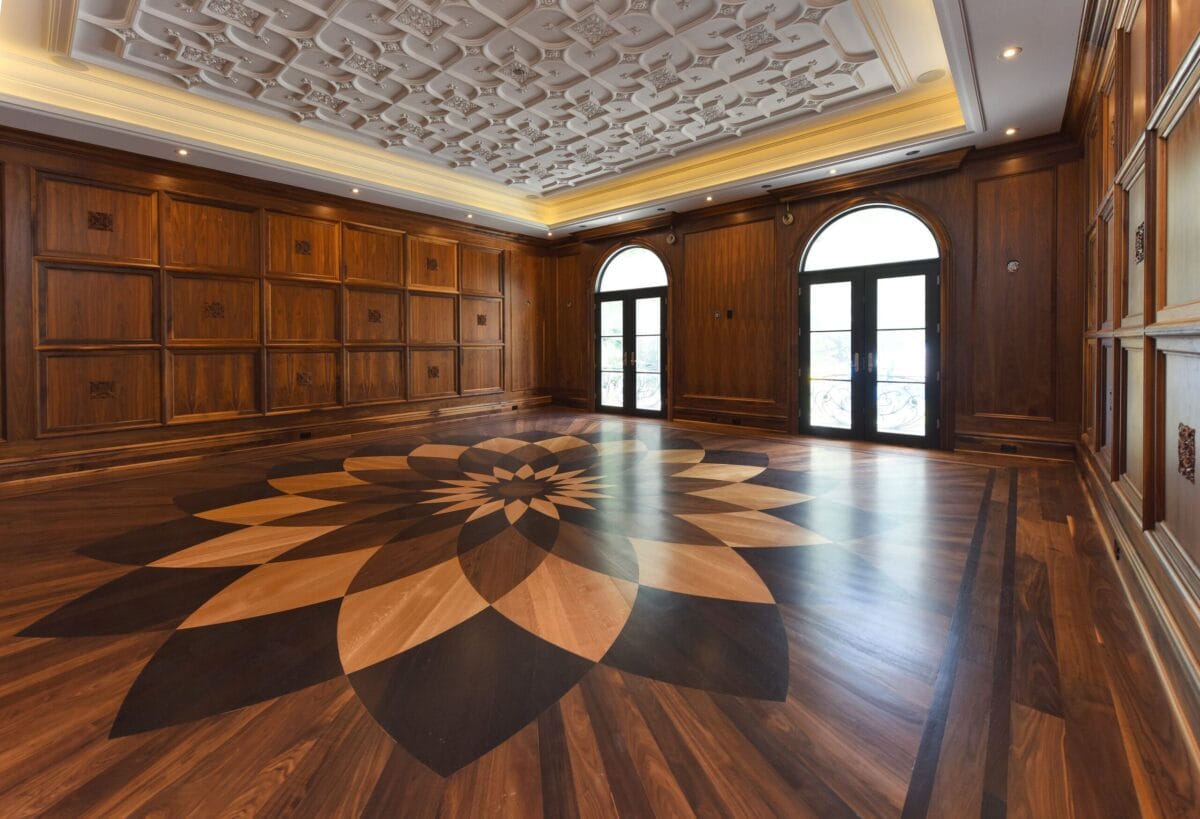

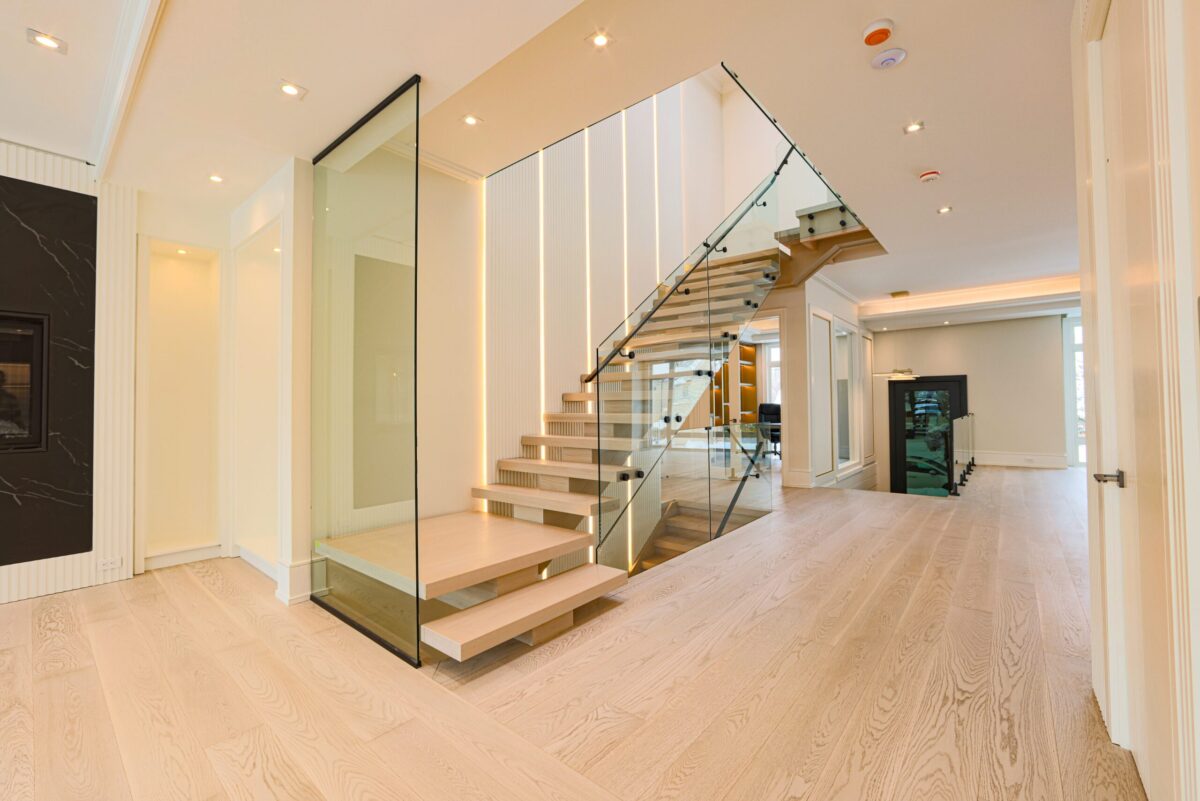
2. Factor in Durability and Maintenance: As a home designer, it’s important to match the right type of wood to the room’s function. Hardwoods like maple and oak are perfect for high-traffic areas like hallways and kitchens, while softer woods like pine work well in lower-traffic areas or for accent features.
Step 2: Adding Elegance with Marble
Marble is synonymous with luxury and elegance, often making a bold statement in high-end home design projects. However, its use requires thoughtful consideration due to its distinct visual impact and maintenance needs.
1. Choose Marble for Statement Pieces: If you’re designing a space that requires a focal point, marble is an excellent option. Marble countertops, islands, and fireplaces are perfect for creating a luxurious centerpiece in kitchens or living rooms. Its natural veining adds an artistic touch, making each installation unique.
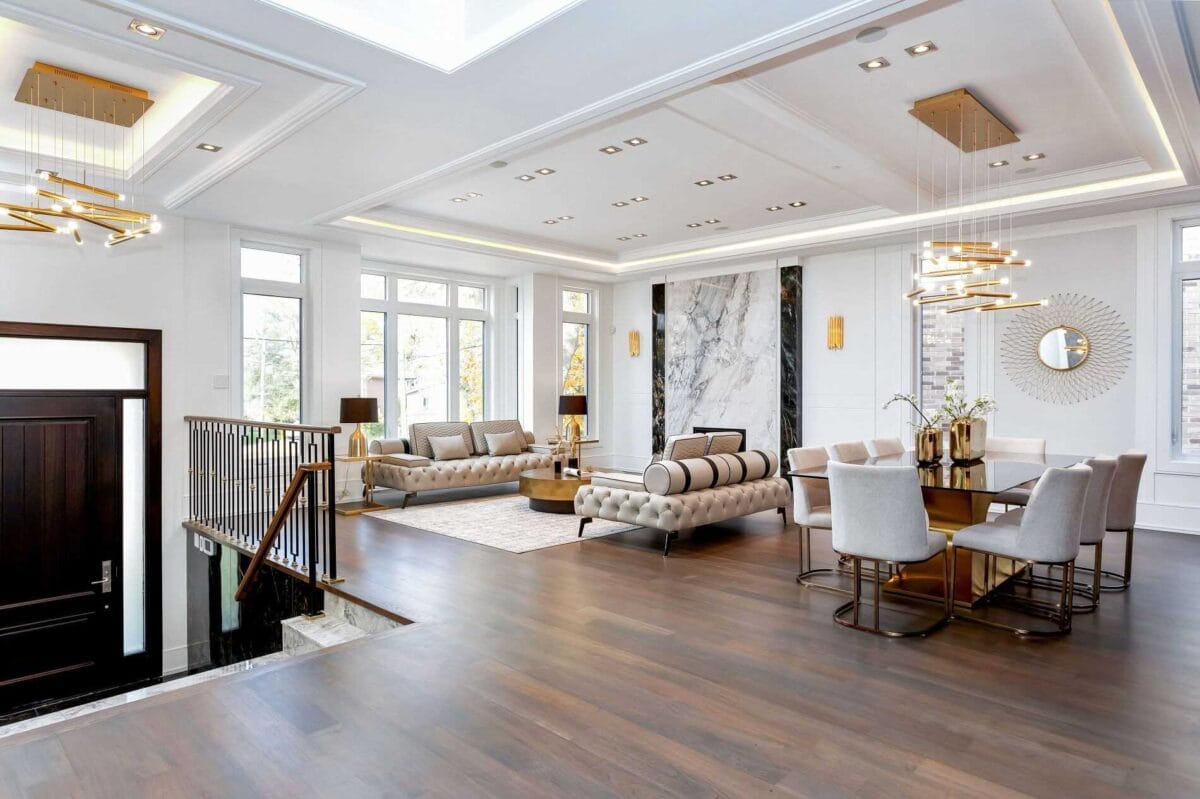
2. Match the Marble to the Color Palette: Marble comes in a variety of colors and patterns, from the classic white Carrara to bold black and green varieties. Select a marble that complements the room’s overall color scheme. For a minimalist look, stick to light-colored marble with subtle veining. For a more dramatic effect, opt for dark or richly veined marble that contrasts with the other elements in the room.
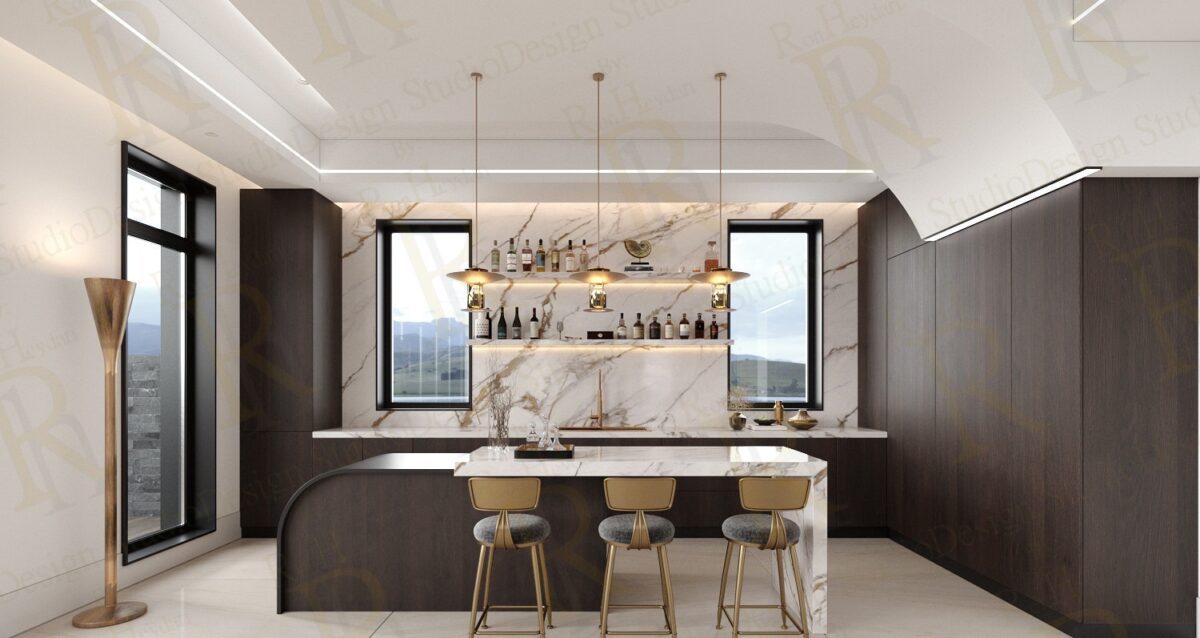
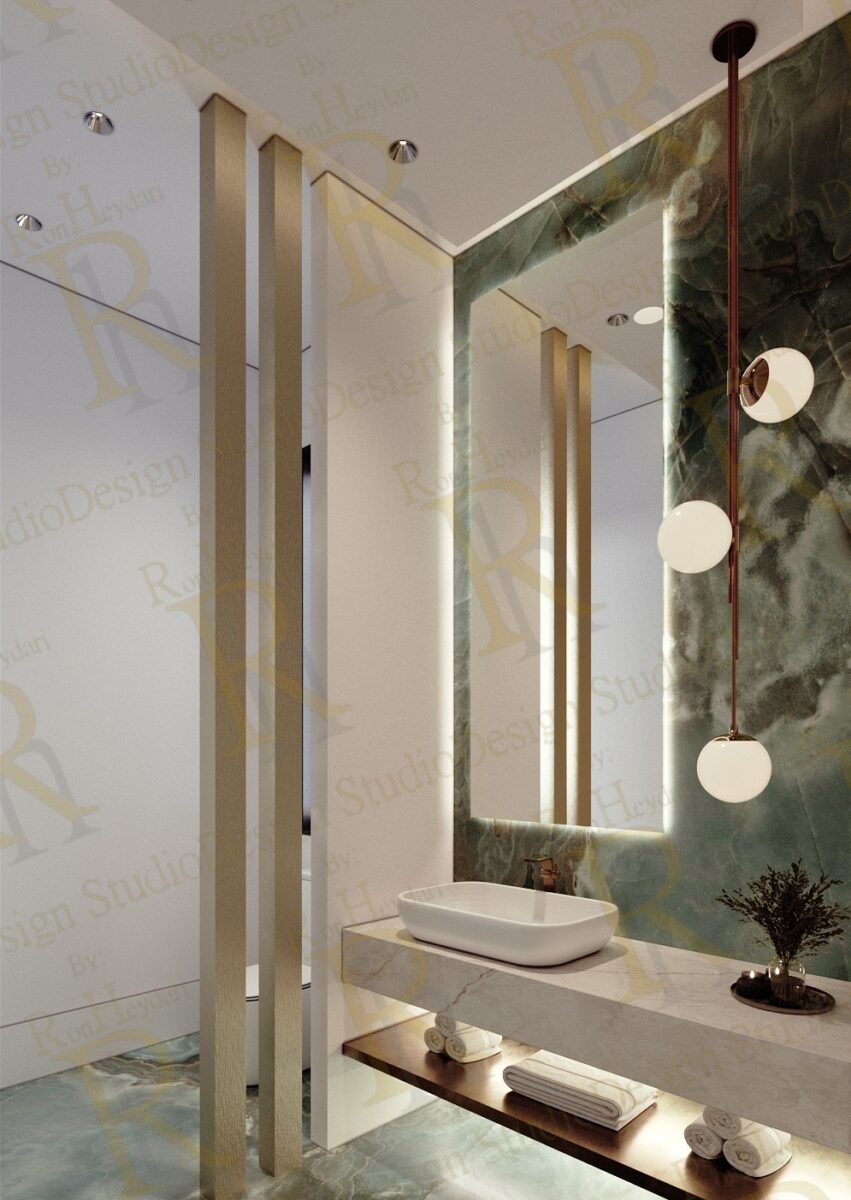
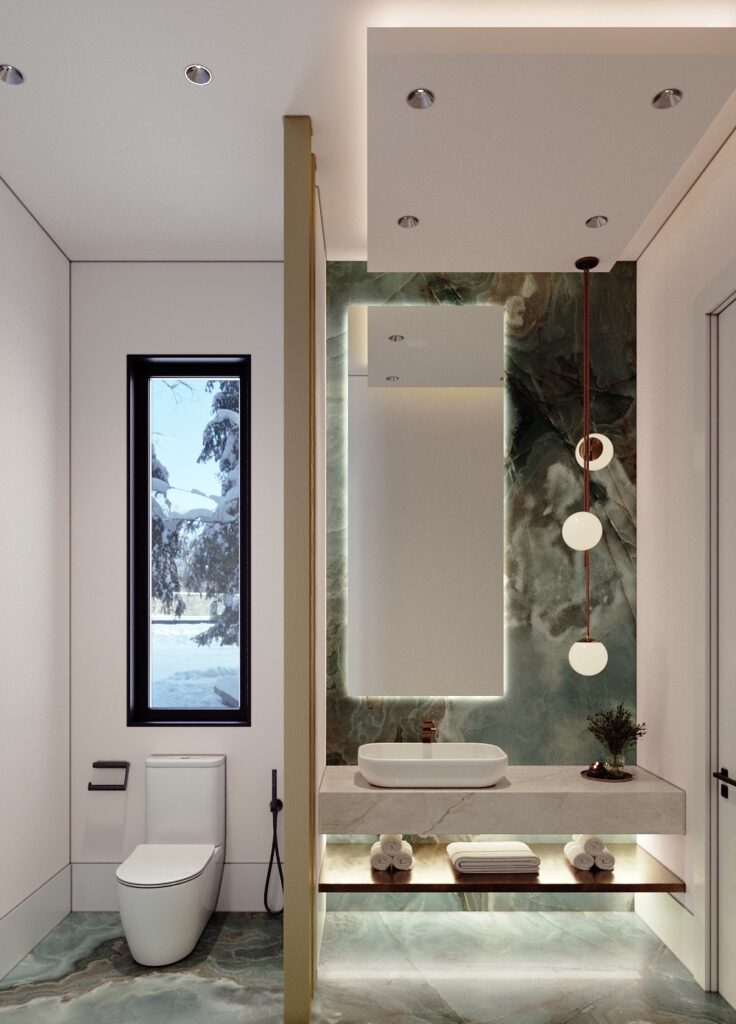 Green Marble
Green Marble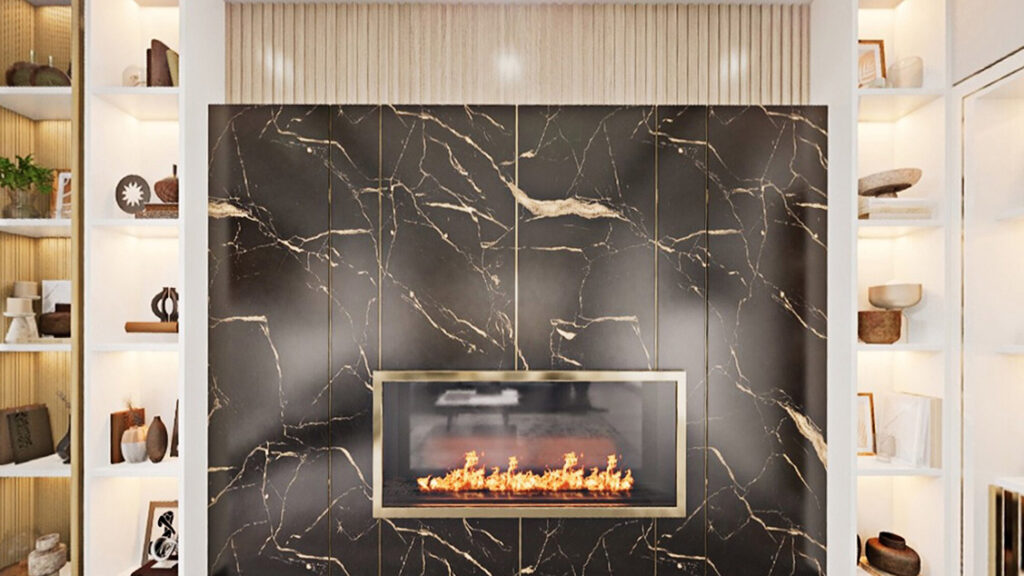
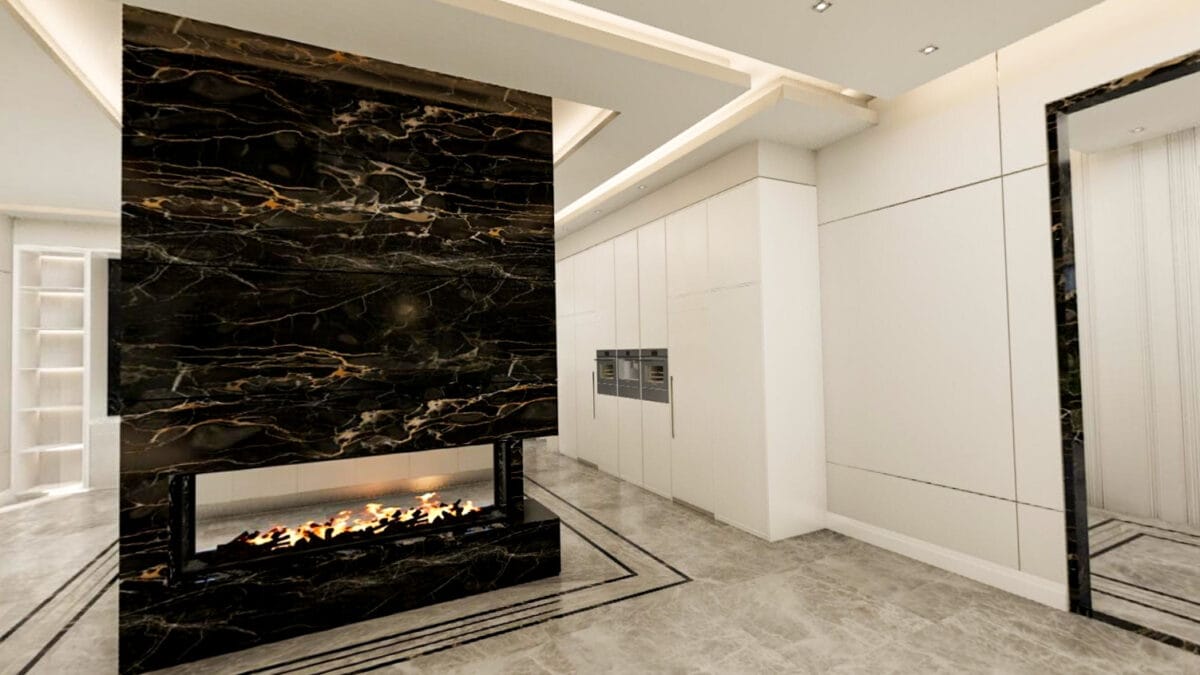
Bold Black Marble
3. Consider the Space and Functionality: While marble is stunning, it’s softer and more porous than other stones, so it requires more care. For frequently used spaces like kitchens, it’s important to ensure that the homeowners are comfortable with the upkeep. In bathrooms or powder rooms, marble flooring or vanities can add a sophisticated touch without being exposed to heavy use.
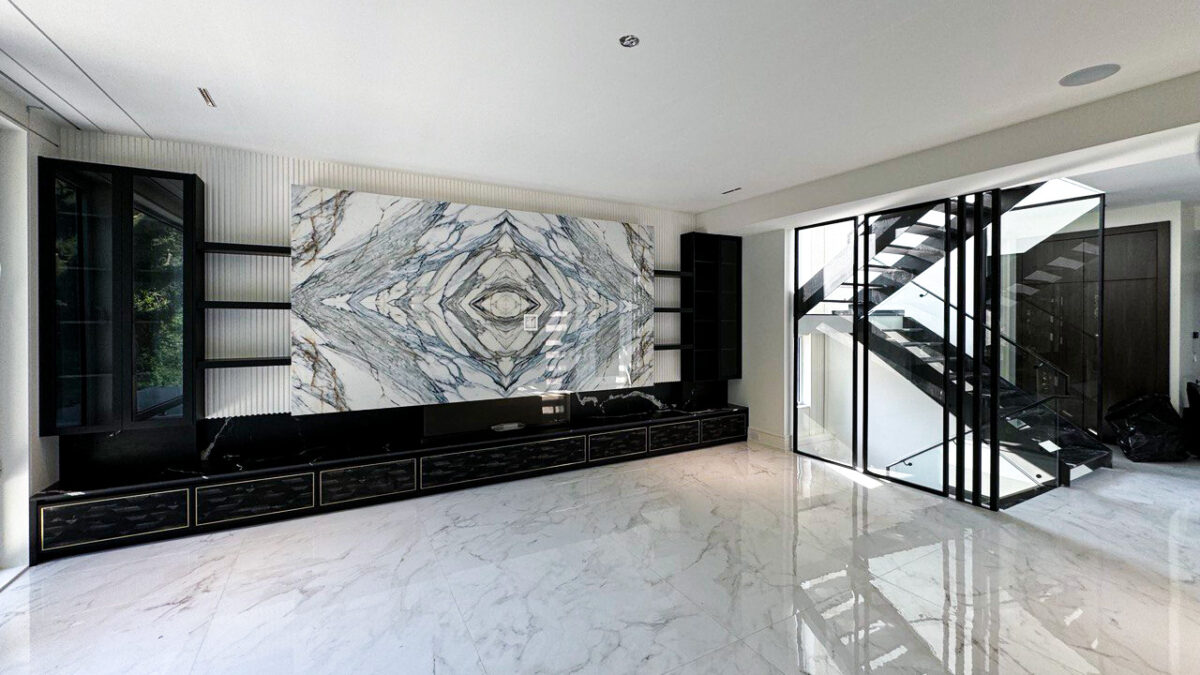
Step 3: Exploring the Versatility of Tile
Tile is one of the most versatile materials available to the home designer, offering a wide range of styles, colors, and textures. It can be adapted to nearly any design vision, making it a go-to choice for many areas of the home.
1. Determine the Room’s Needs: The tile is highly practical, making it a top choice for kitchens, bathrooms, and entryways due to its resistance to moisture and easy maintenance. However, the type of tile you choose—whether ceramic, porcelain, or natural stone—should reflect the room’s specific needs. For wet areas like bathrooms, porcelain tiles are a great option because they are highly water-resistant.
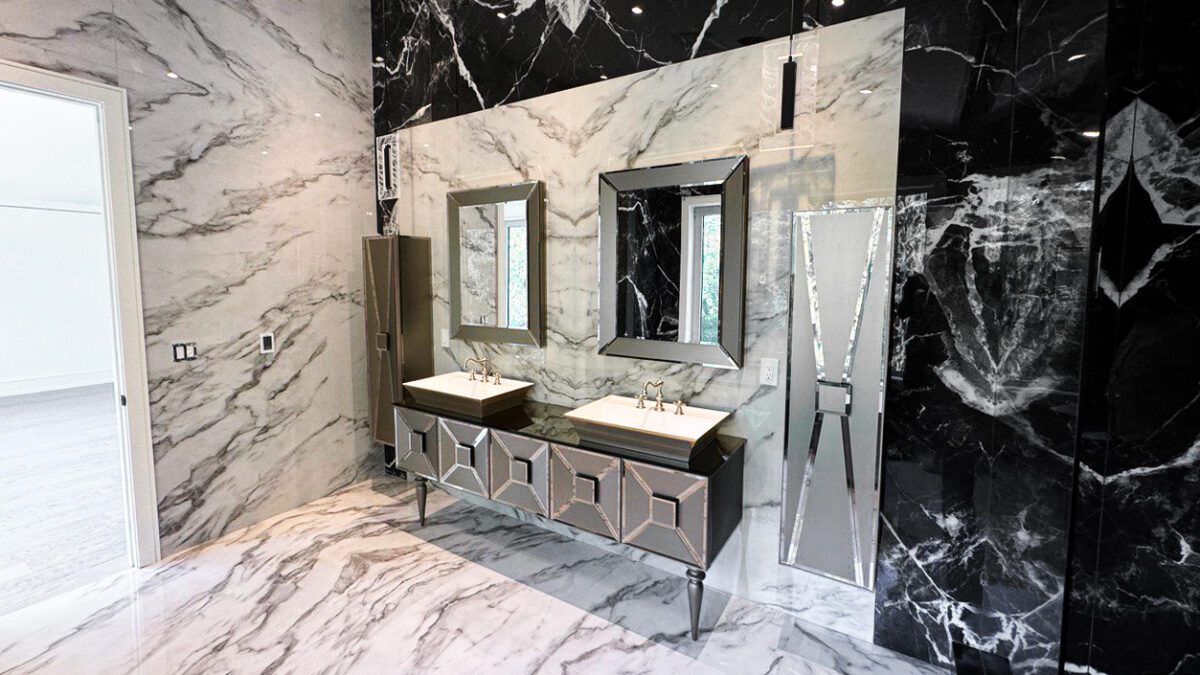
2. Play with Patterns and Textures: One of the greatest advantages of tile is its ability to transform a space through patterns and textures. For instance, a designer can create bold, geometric designs with mosaic tiles for an accent wall or use herringbone or chevron patterns on floors to add visual interest. Textured tiles, such as those with a stone or wood-like finish, can bring depth and contrast to an otherwise neutral room.
3. Balance Functionality with Style: Tile offers endless possibilities in terms of design, but it’s crucial to strike a balance between style and functionality. Glossy tiles, while visually striking, may not be the best choice for floors due to their slippery nature when wet. Matte-finished tiles, on the other hand, provide better traction and durability in high-traffic areas.
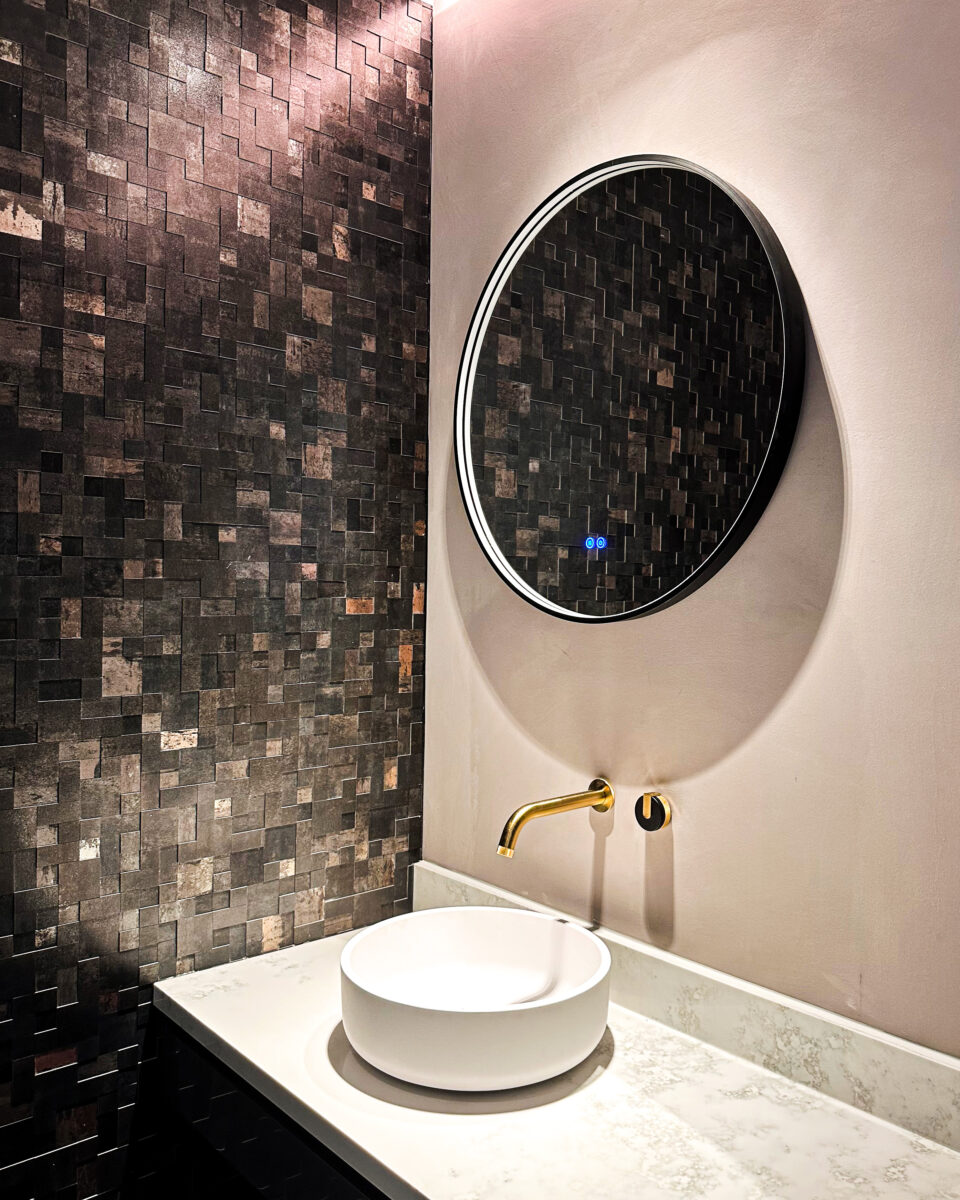
Conclusion: Crafting a Cohesive Design with the Right Materials
Choosing between wood, marble, and tile depends on both the aesthetic and practical needs of the space. As a home designer, it’s important to weigh the desired style, durability, and functionality when selecting materials. Wood offers natural warmth and versatility, marble adds a touch of luxury and timeless beauty, and tile provides both style and practicality in a wide range of applications.
By carefully considering each material’s unique characteristics and how they align with your project’s goals, you can create a home that not only looks beautiful but also stands the test of time. Whether it’s a cozy wooden living room, a grand marble kitchen island, or an intricately tiled bathroom, each material brings its unique value to a well-designed home.
More readings:
Materials choices for cottage design>>
Learn More about Cottage Design Ideas>>
Thank you for reading! If you enjoyed this article, be sure to check out our other design inspirations and tips for creating your dream home.
📍 1090 Don Mills Rd. Unit 402, North York, ON M3C 3R6
📞 Tel: (416) 200-9998
📧 Email: info@pmpdesign.ca
